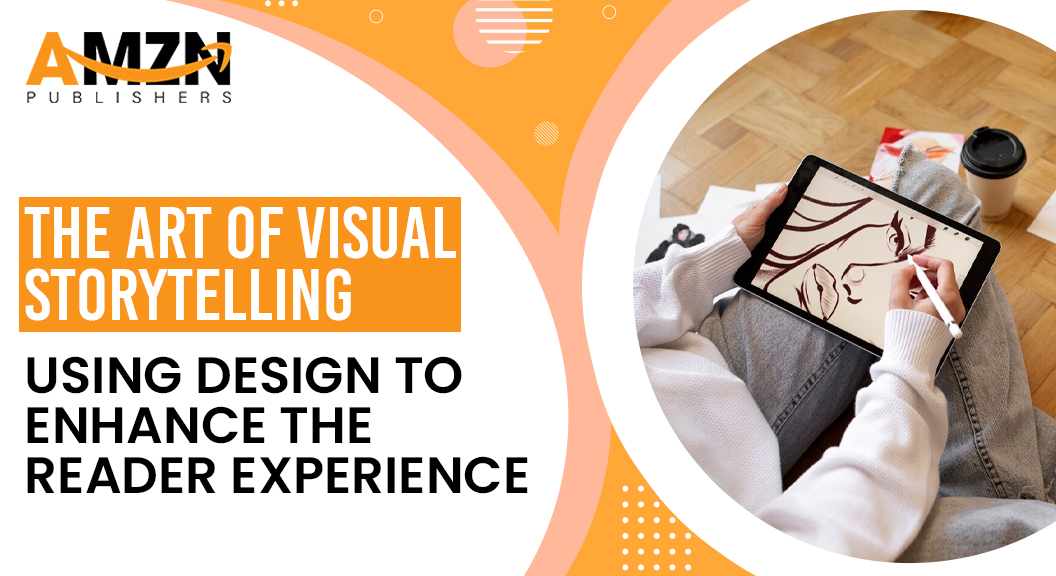
In the revolutionized world where content is abundant but visual storytelling has taken place and has become more important than ever. The ability to deliver the narrative with the help of design not only captivates the audience but also doubles their reading experience. You will get to know how effective visuals can transform storytelling and how it can be a vital tool to attract or to keep readers engaged, in this blog.
Using visuals such as images, videos, colors and layouts can be the best practice of storytelling to convey your narrative. This method leverages the brain's natural inclination towards visual information, making the content more memorable and impactful. Here are some key elements that contribute to powerful visual storytelling:
Well-chosen images are enough to convey your story. It can also evoke emotions, provide context and set the scene that words alone cannot describe. For example, a photograph of a peaceful landscape can transport readers to that location along with adding depth to the story.
Illustrations add personality: Custom illustrations can give a unique flavor to the narrative, making it stand out from the generic stock photos. They can also simplify complex ideas, making them easier to understand.
Colors evoke emotions: Different colors can trigger various emotional responses. Colors such as red and orange can create a sense of urgency, excitement or danger as well, while others such as blue and green can convince calmness and trust. Understanding color theory allows storytellers to set the mood and tone of the narrative effectively.
3. Typography
Typography sets the tone: Perceiving of the story effectively depends upon the fonts. Serif fonts often convey a sense of seriousness, while sans-serif fonts feel modern and upstanding. Handwritten fonts can add a personal touch and emotion while making the story feel more intense.
Readability is key: Regardless of the font choice, readability should never be compromised. The text should be legible and comfortable to read on various devices, ensuring that the story flows seamlessly.
Structure and layout: A well-structured layout guides the reader. The arrangement of the visual elements as text, images etc. should naturally lead the reader through the story.
The ultimate goal of visual storytelling is to double up the reader's experience. Here are some strategies to achieve this:
To make the story more engaging and agreeing, captivate them with interactive elements such as videos, images and animations. They invite readers to explore and interact with the content, making the experience more memorable.
To build your reader or customers' trust you need to stay consistent with your style. Maintaining consistency throughout the storytelling helps in building a balanced and trustworthy experience. The word consistency works for colors, fonts, and graphic and other elements for your story.
Ensuring that the visual elements are accessible to all readers is crucial. This includes using high-contrast colors, fonts which are readable by everyone, providing alternative text for images as well.
It's essential to design mobile-friendly stories with an increasing count of readers acquiring via mobile devices. This means responsive layouts, easy-to-read text, and touch-friendly interactive elements.
The art of visual storytelling is a powerful and important tool in the modern era. By leveraging these design elements storytellers can create immersive narratives that connect with readers immediately. Mastering the art of visual storytelling will be key to capturing the audience's attention, ensuring that stories are experienced and not just told.
AMZN Publishers brings you the platform where knowledge awaits with amazing services including eBook writing services, audio book narration, novel writing, eBook ghostwriting, and what not at your fingertips.
Join AMZN Publishers to redefine your stories while exploring new dimensions of literature today!


